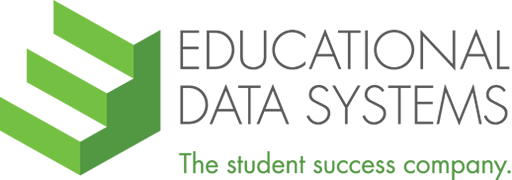In preparation for the 2018 California Educational Research Association (CERA) annual meeting,
Educational Data Systems developed and administered a brief survey of local assessment administration practices in California public school districts. The conference theme was “Readiness Across the Ages: Sharing Ideas, Connecting Systems, and Creating Solutions.”
We wanted to investigate the theme of “readiness” with respect to local assessment. At a minimum, we think readiness in educational assessment means that schools, teachers, and students will be ready
- for assessments to provide valid measures of what students know and can do;
- for online, computer-based statewide assessments; and
- for using assessment data to improve classroom learning and instruction.
In practical terms, how ready are students for any type of assessment format? How ready are district educators to prepare students for statewide assessments and to use local assessments to inform classroom instruction? To begin forming answers to these questions, we developed a short survey.
We sent an email survey invitation to 860 California educational assessment professionals who have made their way onto our email list in the past year. The survey consisted of only three main questions: the first regarding types of local assessments that are administered with paper-and-pencil (P&P); the second about types of local assessments given in a computer-based or online testing (CBT) format; and the third concerning plans to change assessment administration methods in the future.
Our survey received 102 responses, and we used the answers to inform our conference presentation, Ready for Any Format: Use Online and Paper Assessments Effectively and Efficiently. The topic drew an engaged audience of CERA conference participants to our session. Although the survey results should not be taken as scientific evidence of broad trends, for our respondents:
- Benchmark and interim assessments were the most common types of local assessments
- Most districts use both P&P and CBT administration methods for local assessments
- About 60 percent reported no plans to change local assessment administration methods
- Almost 40 percent reported that they plan to change at least some assessments from P&P to CBT
- Practice for online statewide assessment was the most common reason given for switching from P&P to CBT
If you are wondering how local assessment practices in your district compare to those of our respondents, or if you would like to see more details of our survey and the results, you may access the presentation here.

